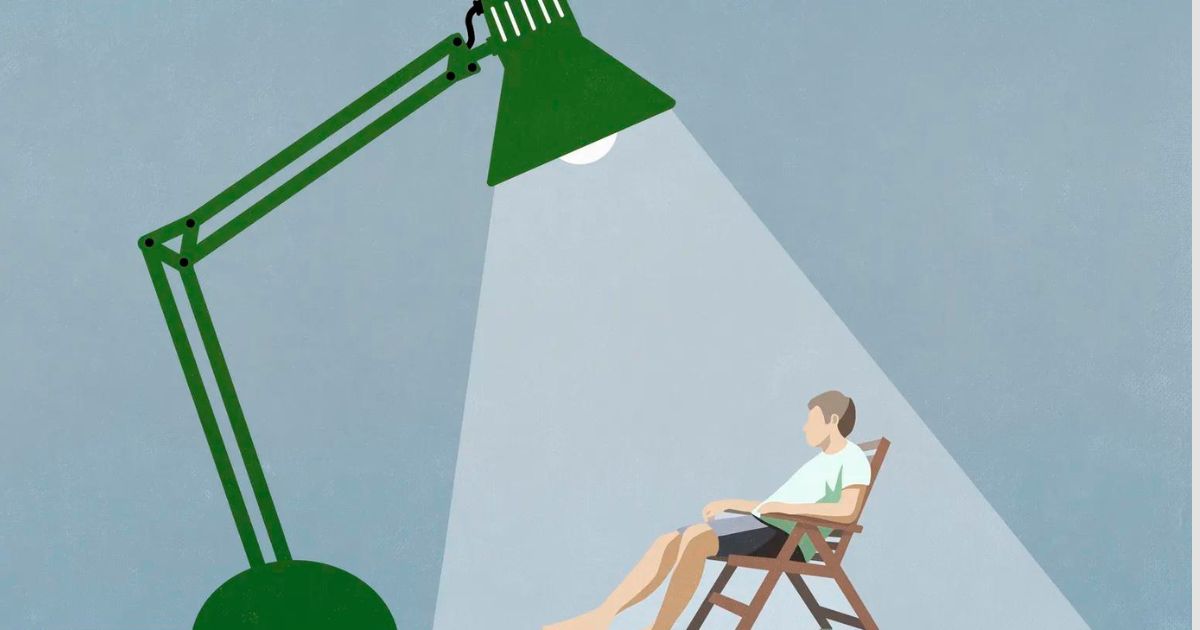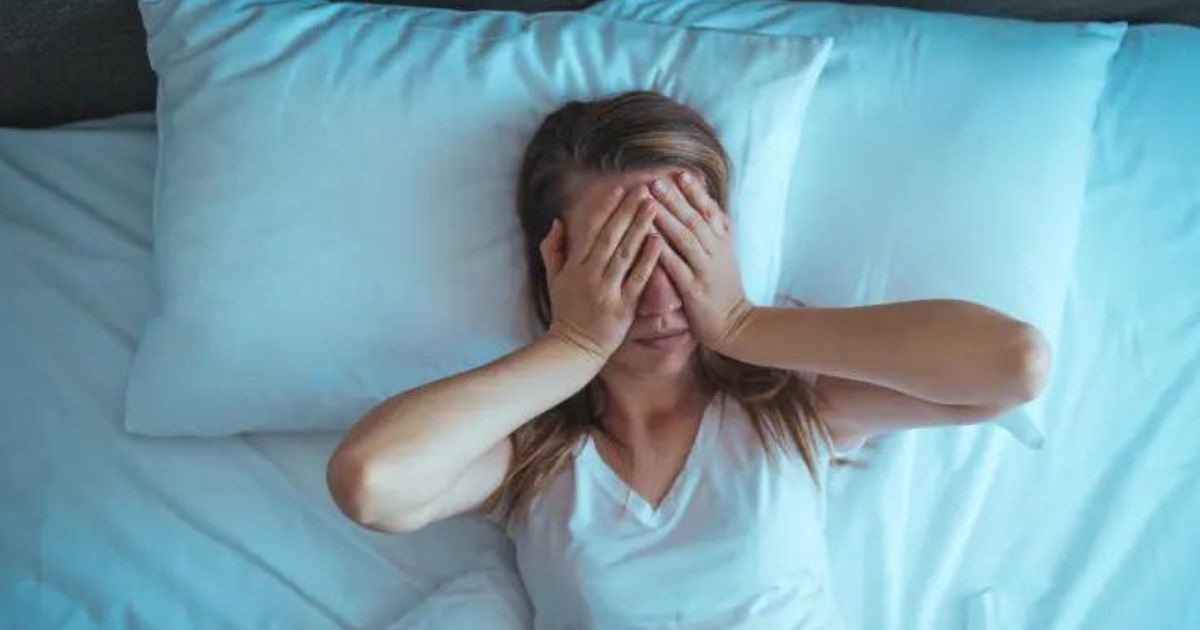In a world where daily struggles often weigh us down, the importance of morning light in promoting happiness and mental wellness is gaining recognition.
Experts, including psychiatrist Norman E. Rosenthal and Paul Desan from the Winter Depression Research Clinic at Yale School of Medicine, emphasize the crucial role of morning light exposure in setting our internal clocks and combating seasonal affective disorder (SAD).
This report delves into the significance of morning light, offering practical strategies for incorporating it into daily routines, even for those who aren’t natural early risers.
As the winter season brings shorter days and darker mornings, the struggle to rise and shine becomes all too familiar. Acknowledging the impact of morning light on mental health, experts suggest establishing a routine that includes exposure to light, either from natural sources or specialized light boxes.
This not only helps regulate the body’s internal clock but is also a recognized treatment for Seasonal Affective Disorder (SAD), a form of depression that affects a significant percentage of the population during the winter months.
The scenario of facing an alarm in pitch darkness and the ensuing battle with the snooze button is a familiar winter horror story for many. The reluctance to leave the warmth of the blanket cocoon and the resulting avoidance of morning tasks can exacerbate feelings of lethargy and sadness associated with SAD.
However, experts advocate for a change in approach, focusing on incorporating morning light exposure as a proactive strategy for mental well-being.
The Science Behind Morning Light Exposure:
Norman E. Rosenthal, who first identified SAD in 1984, explains that the eyes are most sensitive to light in the early morning due to a night of sleep. This sensitivity makes morning light exposure particularly beneficial for individuals struggling with SAD.
The positive impact of bright light on mood is well-documented, with experts suggesting that flooding the eyes with light immediately after waking is an effective way to mitigate the effects of SAD and enhance overall sleep quality.
Strategies for Incorporating Morning Light:
1. Get Light as Early as Possible: Experts recommend receiving morning light exposure before 8 am. For those who struggle to wake up early, even half an hour of light at a later time can make a significant difference. Dawn simulators and timed overhead lights are suggested for those who wake up in the dark.
2. Strength of Light Matters: Research indicates that an optimal dose of morning light is 30 minutes of exposure to light with an intensity of 10,000 lux. Lightboxes, designed to deliver this intensity, are recommended as an efficient way to combat SAD. Spending time outdoors, even on cloudy days, is also beneficial.
3. Quality Light Boxes: Investing in quality light boxes, with a recommended intensity of 10,000 lux, can provide a reliable and efficient source of morning light. Experts stress the importance of using these devices at the appropriate hour to maximize their impact.
4. Natural Light: In addition to light boxes, natural light from morning walks or runs is powerful. The vast dome of light from the sky offers a broader exposure, complementing the focused light from a box.
Setting and sticking to a morning light routine is presented as a realistic and accessible strategy for individuals, regardless of their natural inclination towards mornings. The report emphasizes the benefits of morning light in combating seasonal depression, improving mood, and making early rising less of a chore.
Whether through natural outdoor exposure or specialized light boxes, the power of morning light stands as a beacon of hope for those seeking a brighter start to their day and a happier, healthier mindset.








Leave a Reply
You must be logged in to post a comment.